Privacy in your backyard doesn’t have to come with a hefty price tag. I understand that feeling of wanting to create a little oasis for yourself without breaking the bank.
It’s completely possible to build a privacy fence that protects your personal space and adds charm to your property, all while keeping costs low.
From choosing the right materials to designing a fence that suits your style, there are plenty of cost-effective strategies to help you achieve both privacy and aesthetic appeal.
When I first started looking into fencing options, I was overwhelmed by how expensive they could be. But with a bit of research, I stumbled upon an array of inexpensive materials that could be used to construct a durable and attractive privacy fence.
Whether it’s repurposed wood, bamboo, or creative lattice work, the possibilities are abundant.
Designing the fence was another area where I found I could save money. By planning the layout and considering the right mix of materials, I was able to create a privacy fence that was as unique as it was budget-friendly.
Reader's Roadmap
Key Takeaways
- Establishing a private space affordably is achievable with smart material choices.
- Personal style and creativity in design contribute to a cost-effective fence.
- A well-planned fence layout can optimize materials and reduce expenses.
Privacy Screen From Decorative Panels
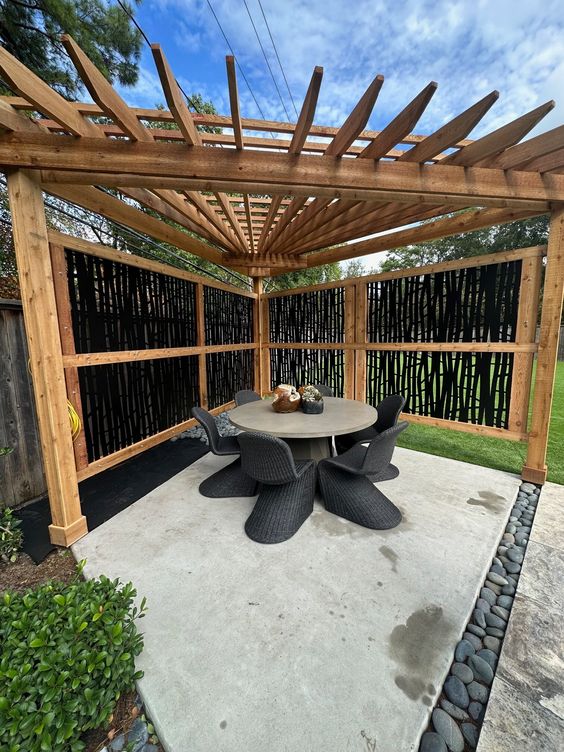
Plastic Rug Privacy Fence
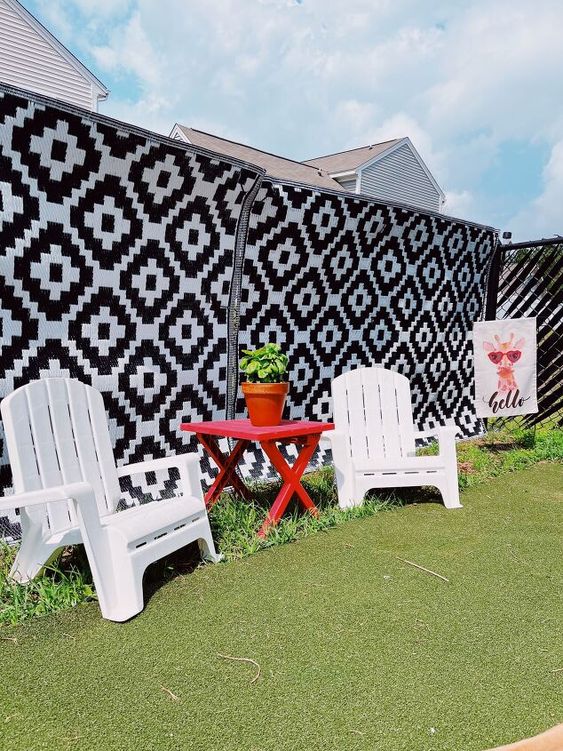
Colorful Outdoor Privacy Screen And Trees In Pots
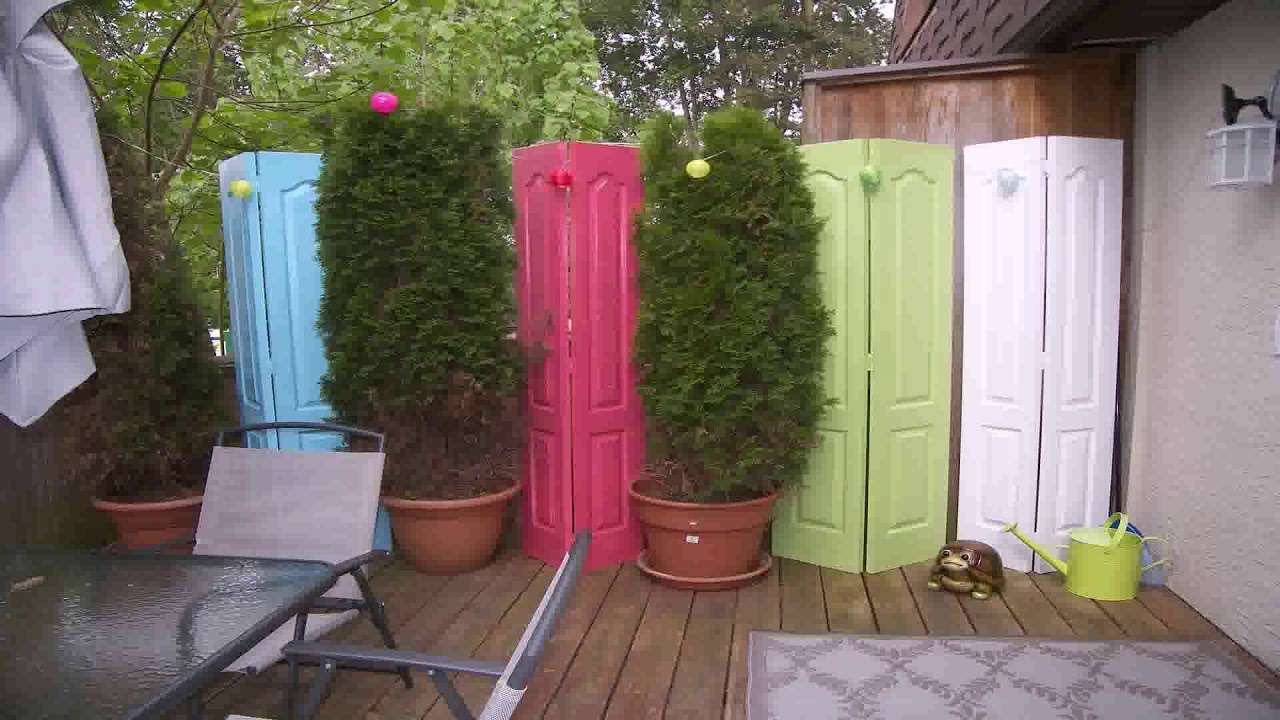
Grape Vine Living Wall
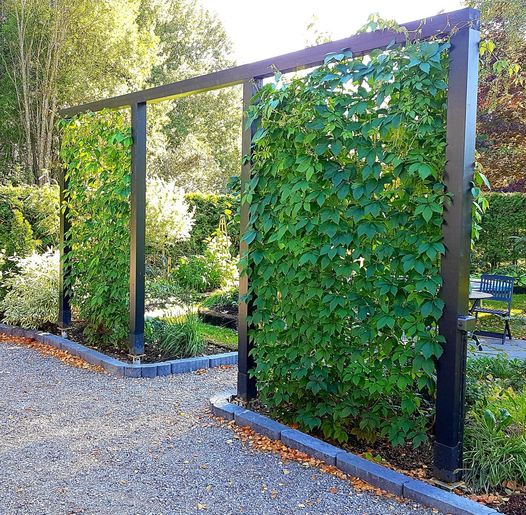
Corrugated Iron And Wood Fence
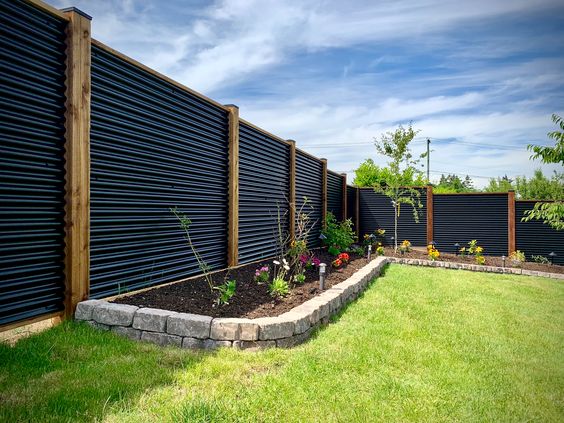
Curtain On Curtain Rods
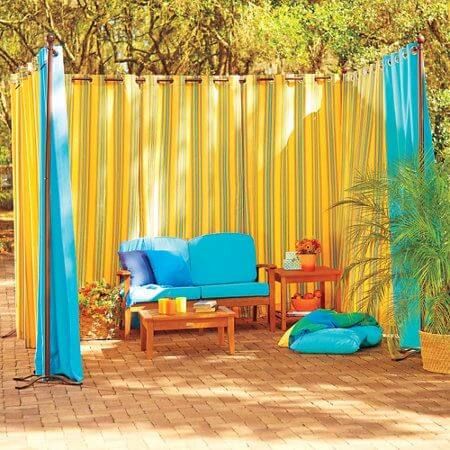
Green Shade Net Fence
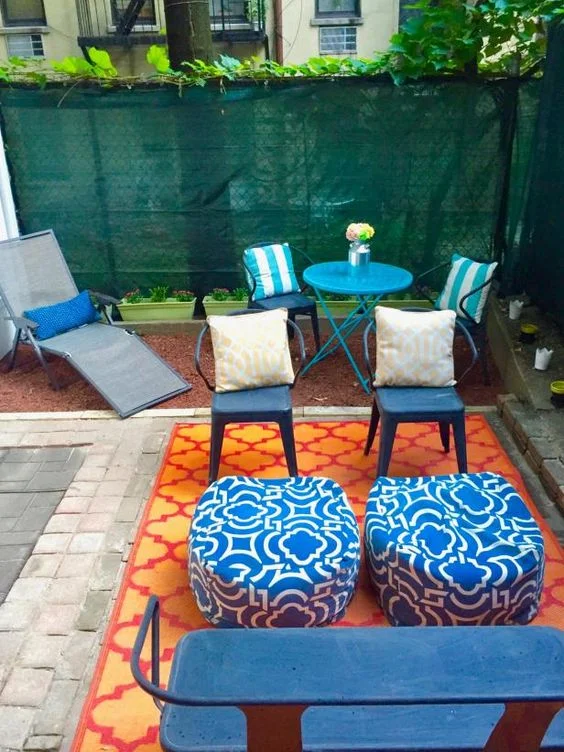
Patchwork Fence of Corrugated Metal Paneling
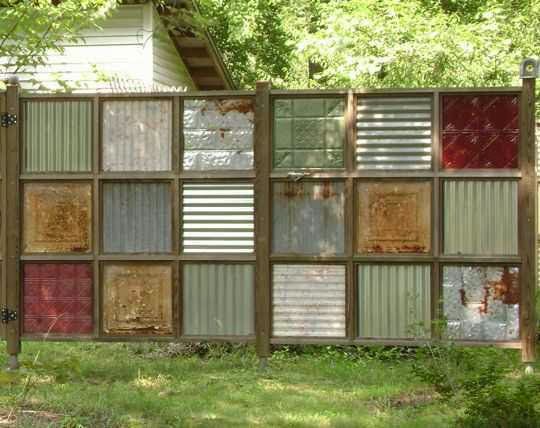
Trellis Wood Privacy Screen Build In Front Of Fence
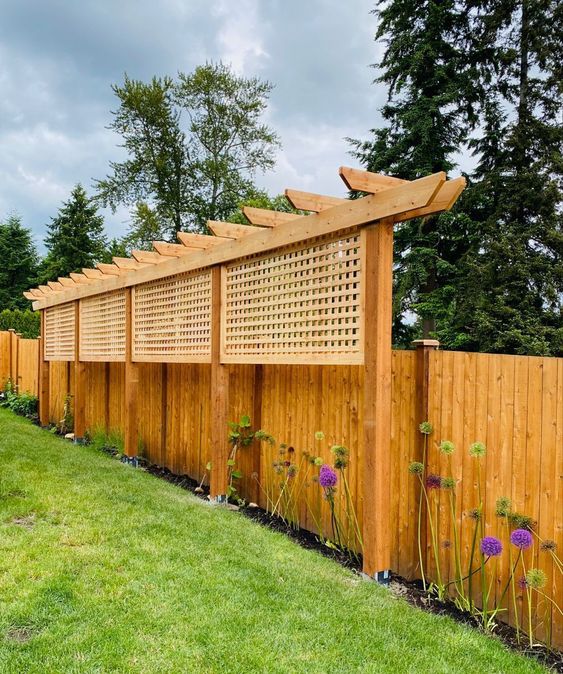
Bamboo Shades Privacy Wall
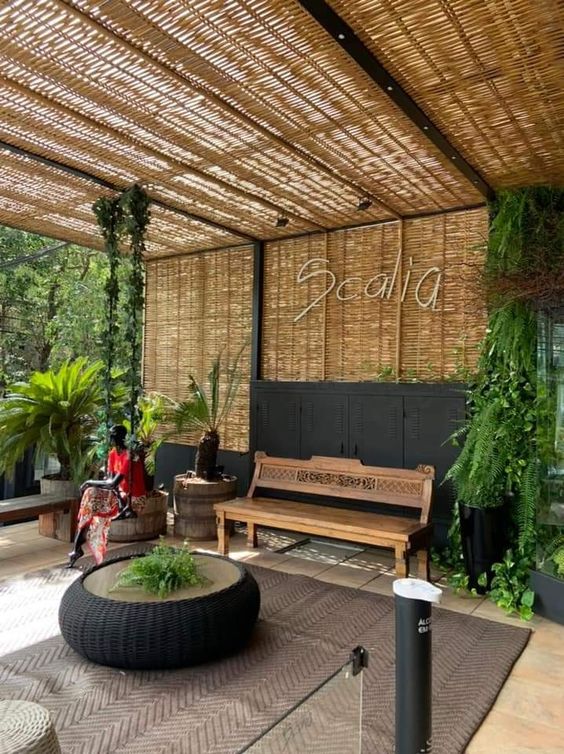
Chevron Privacy Wall From Palettes
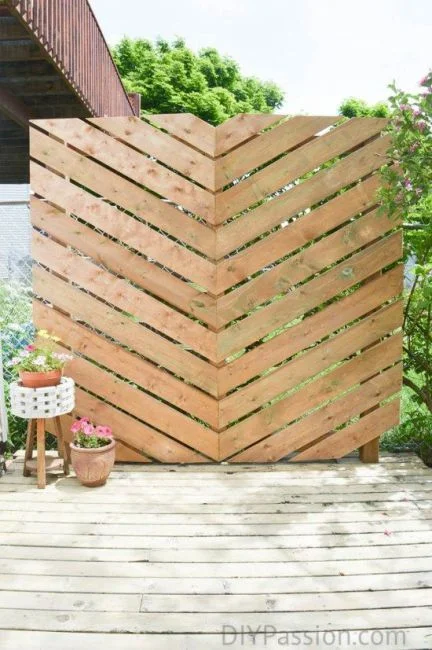
Wood Planks And Lattice Privacy Fence
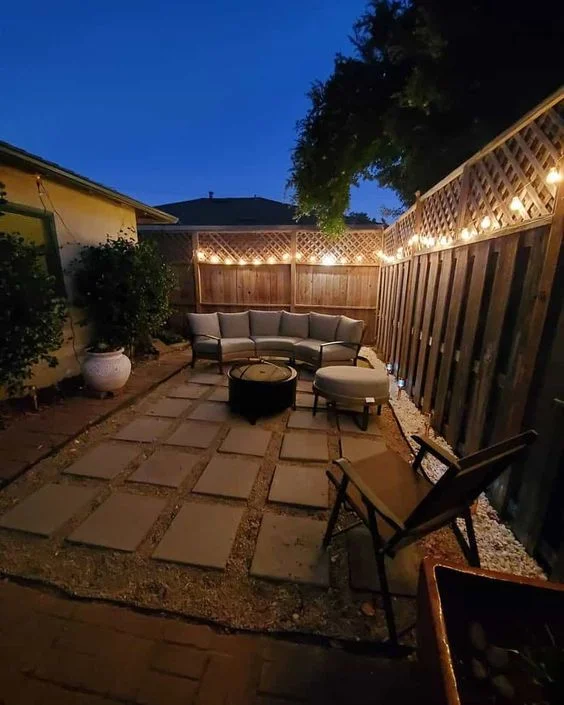
Half Sheet Metal Half Planks Fence
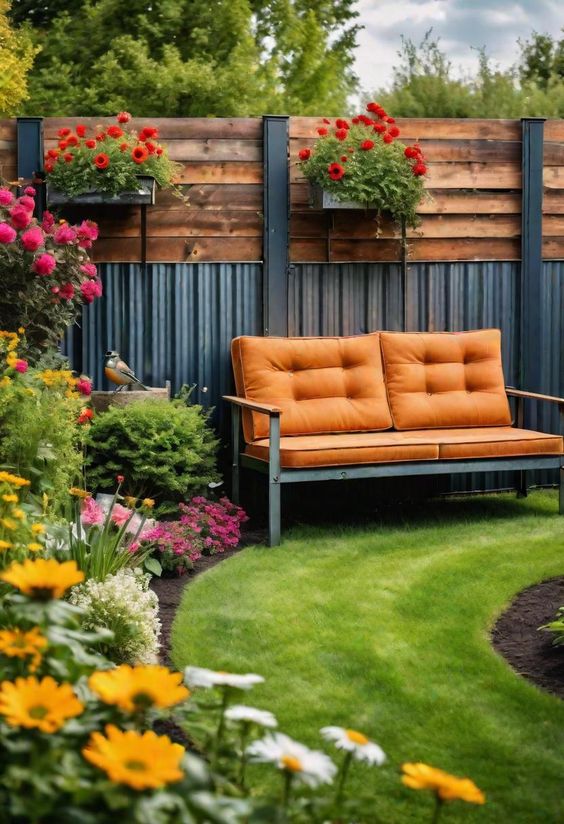
Corrugated Iron And Wood Planks Fence
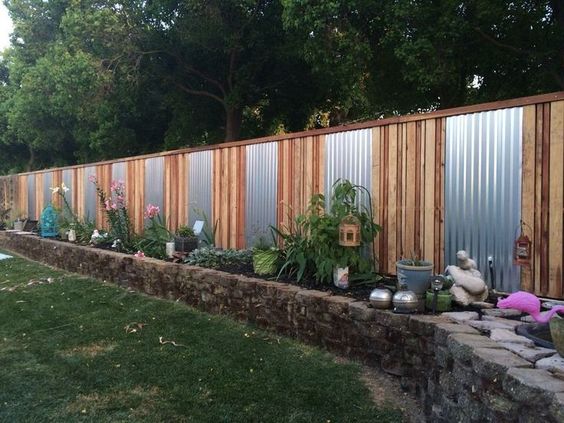
Vertical Garden Privacy Screen
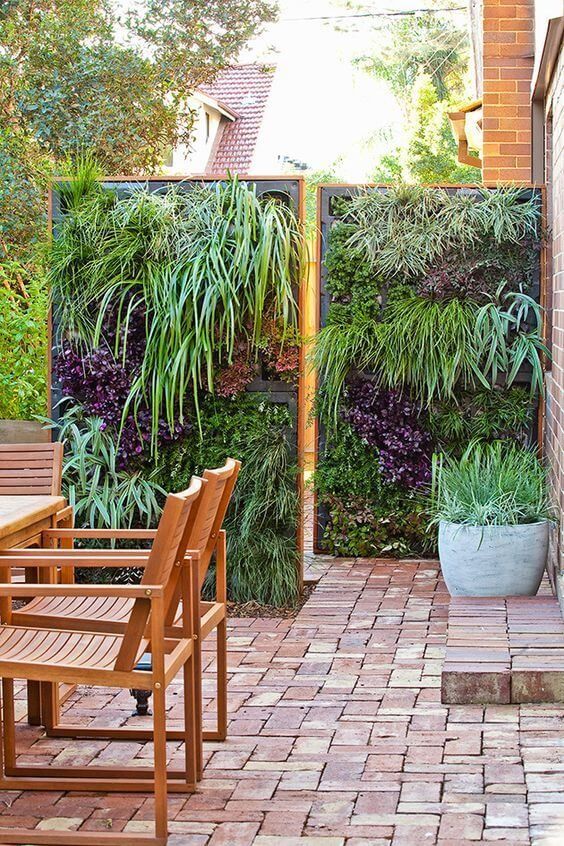
Cedar Board And Reed Screen

Stacked Palettes Privacy Wall
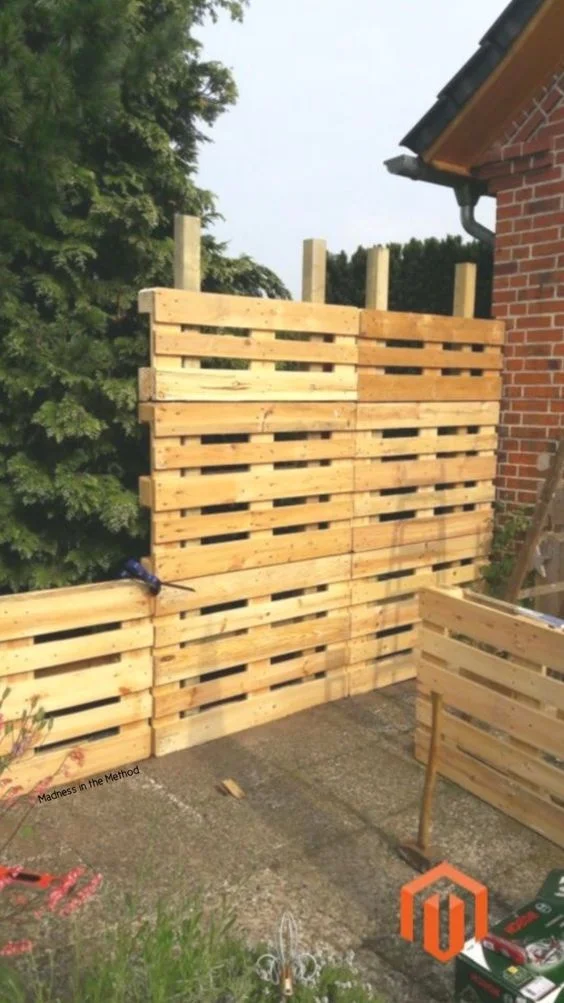
Window Shutters Privacy Wall
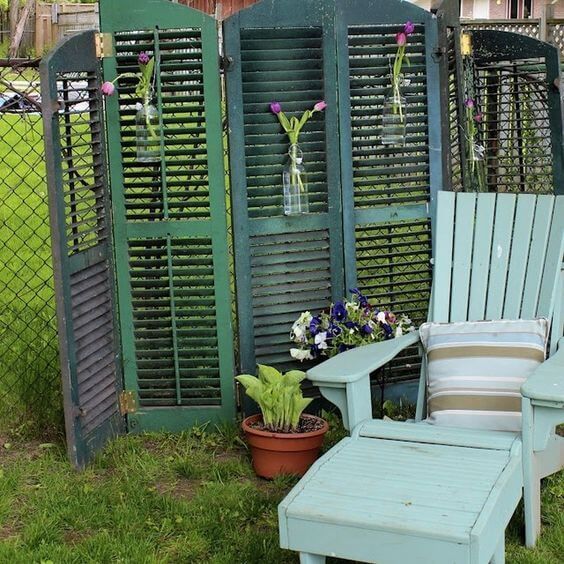
Artificial Grass Privacy Screen
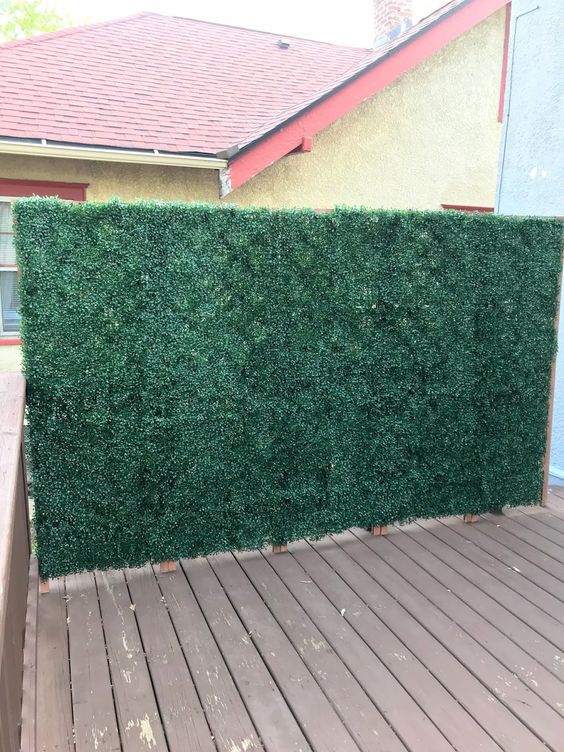
Woven Sticks And Twigs Privacy Screen
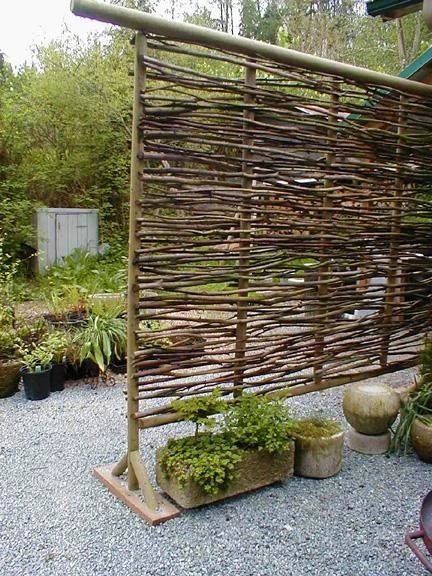
Arborvitaes Hedge
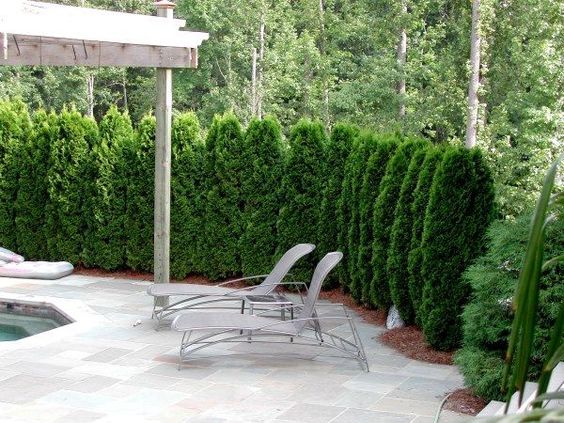
Choosing Your Material
When I’m planning a privacy fence on a budget, I always consider the balance between cost, durability, and aesthetic appeal. Each material offers its own unique charm and benefits, so let’s explore a few favorites.
Wooden Delight
Wood, with its timeless look, remains my go-to for a cozy backyard vibe. It provides excellent privacy and is fairly easy to install.
Cedar is a popular choice because of its natural resistance to rot and pests, while pine can be more cost-effective but may require additional treatment for longevity. For the environmentally conscious, wood pallets are a resourceful and economical upcycling option.
- Cedar: Naturally rot-resistant, doesn’t require much maintenance.
- Pine: More affordable, but needs treatment to resist decay and insects.
- Wood Pallets: A sustainable choice, great for DIY enthusiasts on a budget.
Modern Metal
I appreciate the sleekness that metal fencing offers — it’s sturdy and gives a contemporary look. Aluminum is lightweight and doesn’t rust, which is great for a sleek, modern aesthetic without the worry of future upkeep.
- Aluminum: Rust-proof and low maintenance; it provides a modern appearance.
Going Green with Bamboo and Shrubs
Bamboo is my favorite natural and sustainable choice. It grows quickly, which means it’s both eco-friendly and cost-effective. Plus, it gives off a tranquil, Zen-like feel. Living fences made of shrubs are another green option. They take longer to grow in, but the lush, full coverage they provide is worth the wait.
- Bamboo: A fast-growing sustainable option that creates a unique, natural look.
- Shrubs: Live plants that create a dense, green barrier over time.
Alternative Materials
There’s a world beyond wood and metal for fencing materials. Composite materials offer the appearance of wood without the maintenance, and vinyl fences strike a nice balance between cost and durability, often coming in various styles and colors.
- Composite: Combines wood fibers and plastic for a wooden look that’s weather-resistant.
- Vinyl Fences: Durable and requires little maintenance; available in multiple styles.
Choosing the right material can be the most critical part of fence planning. I always weigh my options carefully, considering factors like cost, maintenance, lifespan, and how it will blend with my home’s aesthetic.
Designing Your Privacy Fence
When I put together my privacy fence, I focused on a design that matched my home’s style and provided the right level of privacy and security. The resulting aesthetic was a balance of function and personality, tailored to my unique space.
Crafting the Style
The style of your privacy fence should complement your home’s architecture. Here are a couple of styles I considered:
- Classic Wood: A timeless look that goes with many house styles. My choices included:
- Horizontal slat fence for a modern appeal
- Traditional picket fences for a quaint, cottage vibe
- Modern Metals: I found that corrugated metal panels offered a sleek, industrial look. These were options:
Types of Metal Fences Benefits Corrugated metal Durable & modern Wrought iron Elegant but less privacy
Height Matters
Selecting the proper height was crucial for balancing privacy and curb appeal. Here’s what I kept in mind:
- Local Codes: I checked local regulations which often dictate maximum allowable fence heights.
- Purpose: For full privacy from nosy neighbors or unsightly views, I went for 6 feet or more.
Adding Personality
I discovered various ways to add a personal touch to the fence without compromising privacy:
- Color: By painting the fence in a color that expresses my style, I could really make it pop or blend in.
Color Effect Dark Green Blends with natural greenery Bold Blue Adds a colorful touch - Decor and Accents: Strategic use of outdoor furniture and features like a trellis or arbor gave my fence character. They also provided extra privacy and even supported climbing plants, enhancing the natural feel.

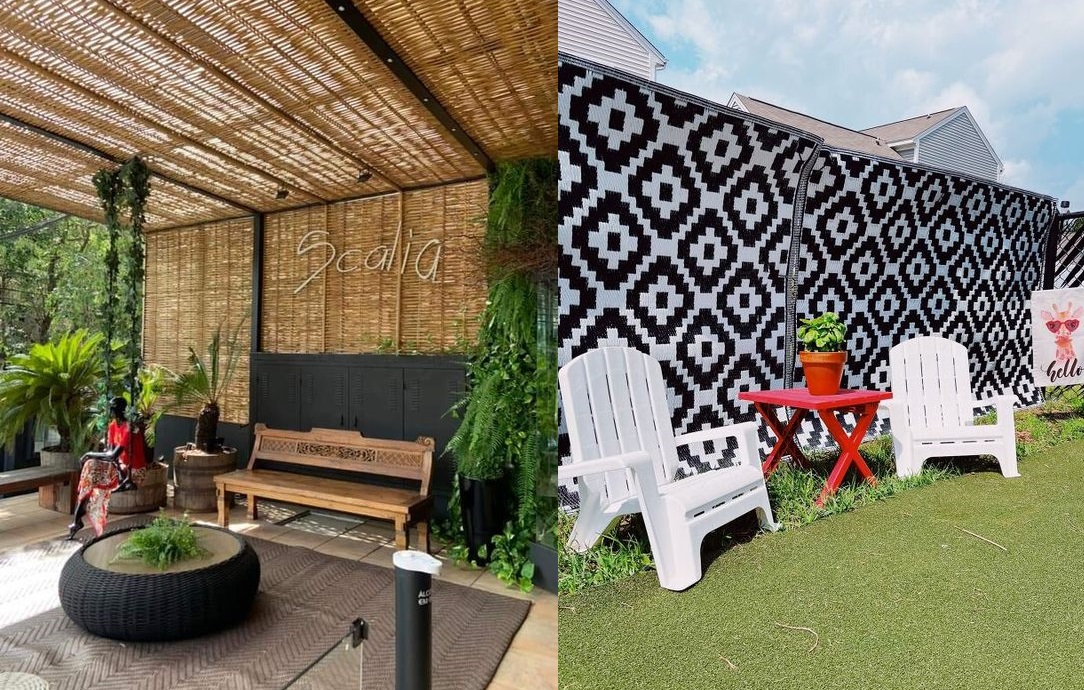

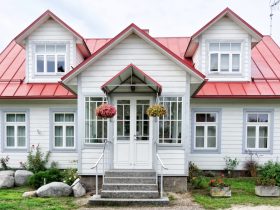
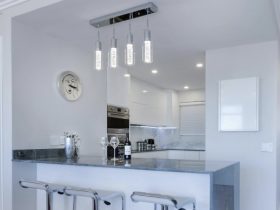
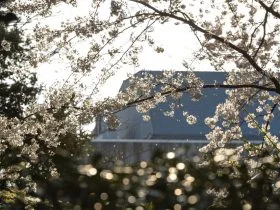

Leave a Reply
View Comments